Rationalise the denominator 3 − 2 3 2 HardRationalise the denominator and simplify 10/3√5 (2 marks) First of all, you need to read the question really carefully and look at how many marks it is worth The question is worth two marks and it is asking you to do two things firstly, you need to 'rationalise the denominator', and then you need to 'simplify' your answerSolutionShow Solution 2 √ 3 2 √ 3 × 2 √ 3 2 √ 3 = ( 2 √ 3) 2 ( 2) 2 ( √ 3) 2 = 4 3 4 √ 3 4 3 = 7 4 √ 3 1 = 7 4√3
Express Each One Of The Following With Rational Denominator I 1 3 2 Ii 1 6 5 Iii 16 41 5 Sarthaks Econnect Largest Online Education Community
1.rationalise the denominator of (3-sqrt(2))/(3+sqrt(2))
1.rationalise the denominator of (3-sqrt(2))/(3+sqrt(2))- Correct answers 2 question Rationalise the denominator of 1/√5√3√6One year, a herd of cattle released 17 metric tons of CH4 (methane) into the atmosphere How many metric tons of carbon did this methane contain?




Rationalise 1 2 3 5 Rationalising The Denominator Of Three Terms Youtube
The bottom of a fraction is called the denominator Numbers like 2 and 3 are rational But many roots, such as √2 and √3, are irrational Example has an Irrational DenominatorRationalize the Denominator "Rationalizing the denominator" is when we move a root from the bottom of a fraction to the top Oh No!Rationalise the denominator of 1/√3√2 and hence evaluate by taking √2 = 1414 and √3 = 1732,up to three places of decimal
Rationalise the denominator of 1/√3√2 and hence evaluate by taking √2 = 1414 and √3 = 1732,up to three places of decimal This conversation is already closed by Expert Was this answer helpful? Rationalise the denominator of 8/√7 Rationalise the denominator of 1/((8 5√2)) You are here Simplify (7√3)/(√10 √3)−(2√5)/(√6 √5)−(3√2)/(√15 3√2) Multiple Choice Questions Chapter 1 Class 9 Maths
To rationalise the denominator without chainging the value of the equation, multiply both the numerator and denominator by the value of the denominator( (5√2)/( To rationalise the denominator here, we use the fact that the square root of a number n, multiplied by itself is n ie √2 × √2 = 2 Multiplying top and bottom of the fraction by √2 will therefore give us a rational denominator without changing the value of the fraction pinterestpinit We can now see that 1/√2 = √2 / 2What you have written is actually 1 2 3 5 Why?




Rationalise The Denominator Of 1 4 2 3 Brainly In



How To Rationalize The Denominator Of 1 2 1 3 2 1 3 Quora
To rationalise a denominator of this type, (ignoring for a moment the 2s cancel) a) Multiply top and bottom by √3 b) then use the fact root √3 * √3=√9 = 3 so we get 2√3 / 2*3 = 2√3 / 6 ThenAnswer for question Your name Answers recent questions Is charmia jo holbrook dating and deeply in love; Our teacher told us to multiply the numerator and denominator with √2√3√5 and i was getting 2√6 as the denominator I didn't think of multiplying it with √6 Can we substitute approximate values for √2, √3 and √5, sum them (we get 539 approximately) and write the answer as 1/5 (by rounding off 539)?
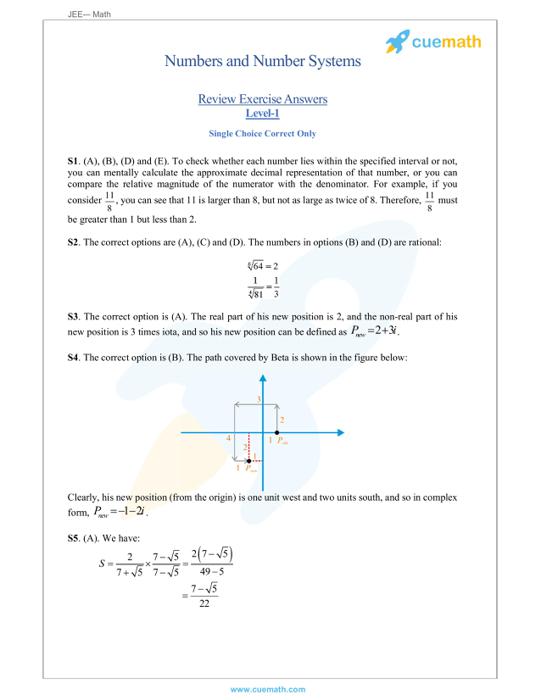



Rationalize The Denominator Meaning Methods Examples




Rationalize The Denominator And Simplify 1 2 5 3 Brainly In
Rationalize the Denominator by Staff Question by Omar Ibrahim (Opelousas La) 5/(√7√2) Answer Rationalizing the Denominator is the standard way of simplifying fractions containing radicals in the denominator Rationalizing the denominator means to "rewrite the fraction so there are no radicals in the denominator" Rationalise the denominator of each of the following (i) 3√5 (ii) 3/2√5 (iii) 1/√12 (iv) √2/√5 asked Apr 15 in Number System by Madhuwant ( 381k points) rationalisationAnd denominator by that surd Example Rationalise the denominator of \(\frac{\sqrt{8}}{\sqrt{6}}\) The denominator can be rationalised by multiplying the numerator and denominator by √6




Why Do We Rationalize The Denominator By Brett Berry Math Hacks Medium




Rationalise The Denominator Of 1 Root3 Root2 Brainly In
Rationalize the denominator of 42√3√7 Sol4 2 √3 Rationalize the denominator of 4/2√3√7 Please scroll down to see the correct answer and solution guide To rationalize the denominator, we need to get rid of all radicals that are in the denominator Multiply Both Top and Bottom by a Root √3, √7 Example The Irrational Denominator of Simplest form of number cannot have the irrational denominator To be in simplest form, Rationalizing the Denominator!Rationalize the denominator 5 / √7 Solution Multiply both numerator and denominator by √7 to get rid of the radical in the denominator 5 / √7 = (5 ⋅ √7) / (√7 ⋅ √7) 5 / √7 = 5 √7 / 7 Example 4 Rationalize the denominator 12 / √72 Solution Decompose 72 into prime factor using synthetic division




Simplify Each Of The Following By Rationalising The Denominator




Rd Sharma Class 9th Solutions Chapter 3 Rationalisation
Rationalise the denominator of 2/√3 √5 Share with your friends Share 0 2 3 5 =2 5 Given √31/√31 We need to rationalize the givenequation To rationalize we will multiply and divide the denominator by √31 (√31)√31)/(√31)(√31) Denominator can be simplified using the identity (a2b2)=(ab)(ab) And the equation becomes =(√31) 2 /(√3) 2(1)2 =(42√3)/2 =2√3 To rationalize the numerator, you need to multiply both numerator and denominator by 36^(1/3) This will make the numerator 216^(1/3), which reduces to 6 The denominator will then become 4 multiplied by 36^(1/3)




Rationalize 1 7 3 2 Maths Questions
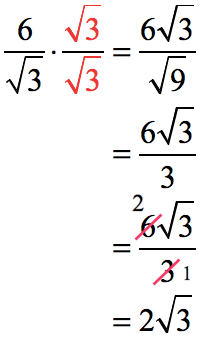



Rationalizing The Denominator Chilimath
If the binomial is in the numerator the process to rationalize the denominator is essentially the same as with monomials The only difference is we will have to distribute in the numerator Example 1 3 √ − 9 2 6 √ Wanttoclear 6 √ indenominator, multiplyby 6 √ ( 3 √ − 9) 2 6 √ 6 √ 6 √!Convention re the order of operations;Step 1 Multiply numerator and denominator by a radical that will get rid of the radical in the denominator
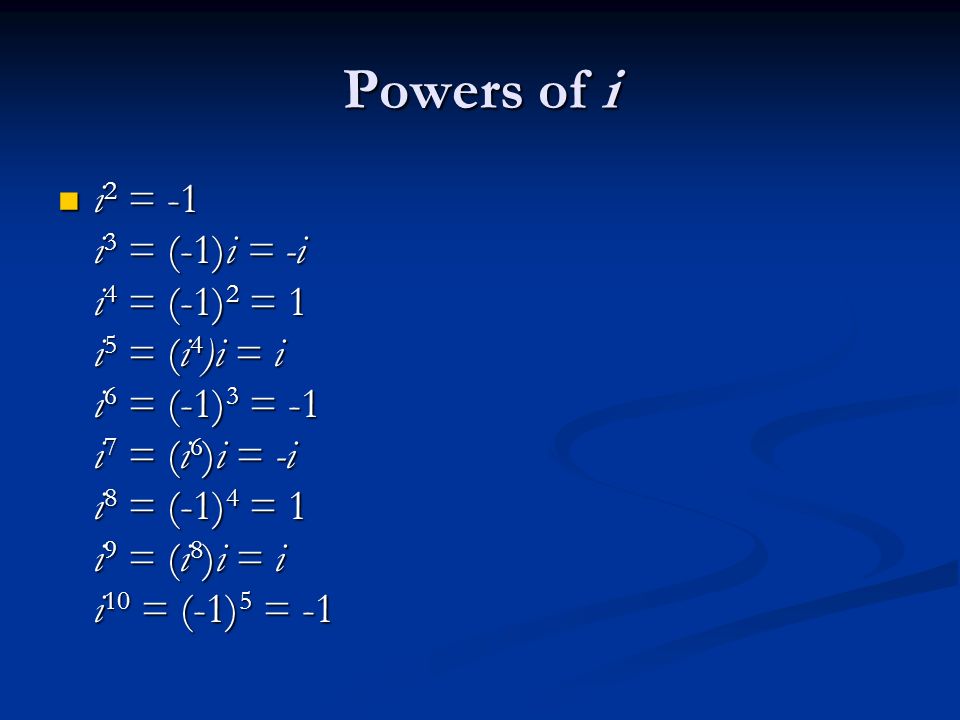



Chapter 7 Radicals Radical Functions And Rational Exponents Ppt Video Online Download



Simplifying By Rationalising The Denominator 4 2 3 7 Studyrankersonline
Answer √3/3 Stepbystep explanation Multiply the numerator and denominator by the conjugate Hope this helps!!Rationalising the denominator of three terms Rationalise 1/√2√3√5#class9maths #class9mathsimportantquestions #chapter1extraquestionsclass9 #extraquestionGiven below is a very interesting maths problem 2 2 2 = 6 3 3 3 = 6 4 4 4 = 6 5 5 5 = 6 6 6 6 = 6 7 7 7 = 6 8 8 8 = 6 9 9 9 = 6 Use any of mathematical signs wherever you need Report Posted by Aishwarya K Jharang 5 hours ago CBSE > Class 09 > Mathematics 0 answers



1




Rationalize The Denominator 1 2 3 7 And 2 1 3 5 2 2 Brainly In
Example18 Rationalize the denominator of 1/(2√3) To rationalize, We multiply and divide by 2 root 3 Let's check the video 1/(2√3) = 1/(2√3) × (2 −√334 View Full Answer Alina Ahmed, added an answer, on 19/9/12 Alina Ahmed answered this juz change tht negitive sign as rationalising fCTOR TO 1 ROOT 2root 3 and u Rationalize the denominator 2 / (√3−1) Get the answers you need, now!
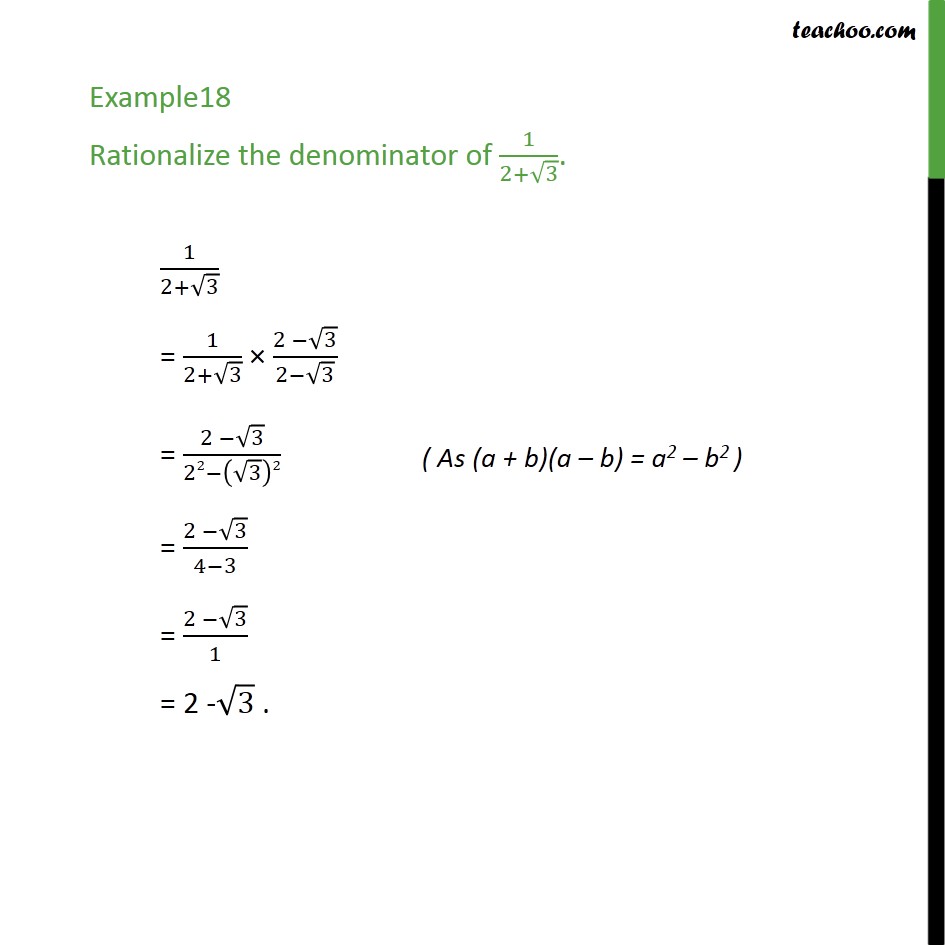



Example 18 Rationalize The Denominator Of 1 2 Root 3




After Rationalizing The Denominator Of 1 6 5 And Simplifying We Get A 5 Then Value Of A Is
How do I rationalise the denominator, 1/√2√3√5?Please consider marking brainliest!The rationalizing factor of 2√3 is √3 2√3 × √3 = 2 × 3 = 6 Rationalize the Denominator Meaning Rationalizing the denominator means the process of moving a root, for instance, a cube root or a square root from the bottom of a fraction to the top of the fraction




3 2 1 2 5 3 Rationalise This Term In Briefly Brainly In
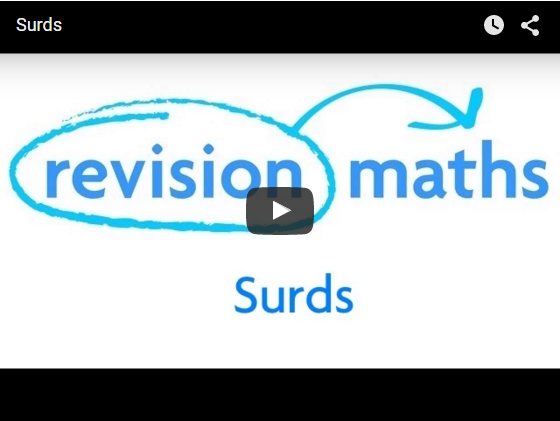



Surds Mathematics Gcse Revision
Leviwilliam06 leviwilliam06 Math Primary School answered Rationalize the denominator 2 / (√3−1) 2 See answers gargi04 gargi04 here is ur answer buddy yashaswini3679 yashaswini3679 Click here 👆 to get an answer to your question ️ rationalise the denominator √31/2√2√3Rationalize the denominator 2√3/ 2√3?



How To Rationalize Math Frac 1 Sqrt 7 Sqrt 3 Sqrt 2 Math Quora




Rationalise The Denominator Of 5 Sqrt 3 Sqrt 5
66 to the ratio 38;Rationalizing the denominator is when we move any fractional power from the bottom of a fraction to the top 1 2 \frac{1}{\sqrt{2}} 2 1 , for example, has an irrational denominator We will soon see that it equals 2 2 \frac{\sqrt{2}}{2} 2 2 Let us look at fractions with irrational denominatorsRationalizing Denominators √3/2 √5/3 1/2 √2/2 Rationalize the denominator √3/√4 Rationalize the denominator √5/√9 Rationalize the denominator √2/√8 Rationalize the denominator √6/√12




Rationalize The Denominator 3 77 V10 A 10 V Chegg Com



Reptondubaimathematics Files Wordpress Com 19 04 Surds Past Exam Questions Pdf
Example Rationalise the denominator for 2/(√35) In the given example, the denominator has one radical and a whole number added to it Thus, the conjugate of √3 5 is √3 – 5 Multiplying numerator and denominator by the conjugate of √3 5Rationalise the denominator of 3√ (3)√ (2)√ (5) 9th Maths Number Systems Rationalisation Rationalise the denominator maths Rationalise the denominator of 3Just like 12/213 = 613=10 The only denominator in this expression is the surd √2 To remove this surd, we just need to multiply the numerator and denominator by √2, thus we have 1 2 × 2 2 3 5 = 2 2 3 5
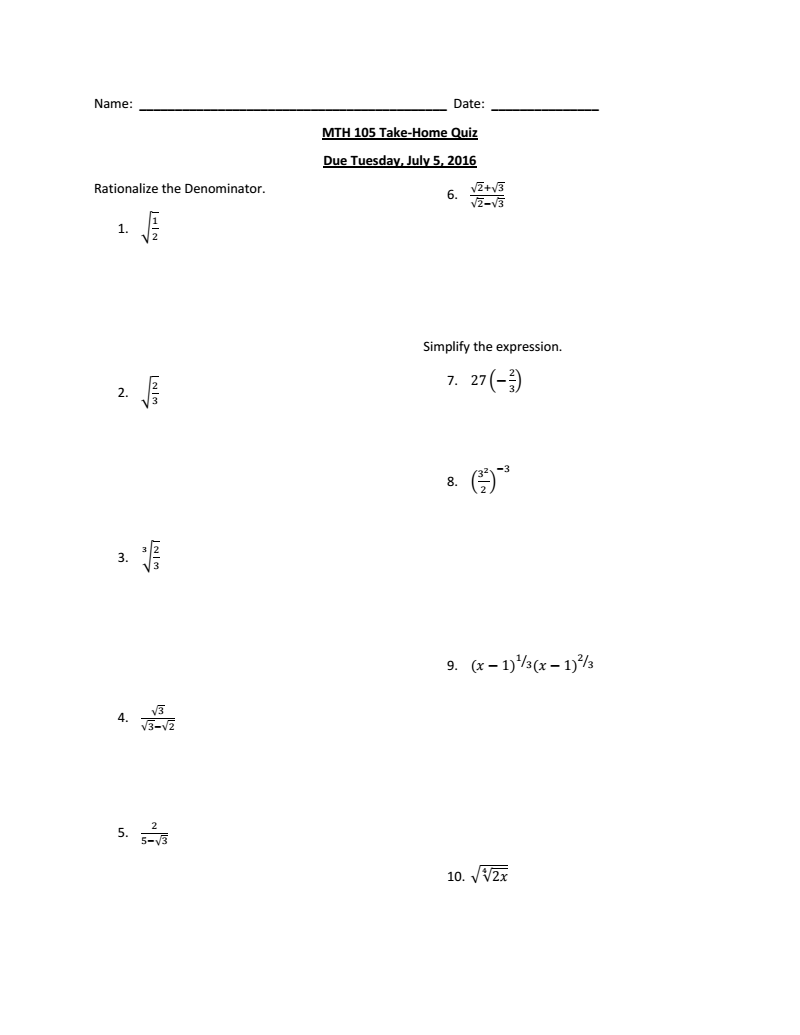



Rationalize The Denominator Squareroot 1 2 Chegg Com




Simplify 7 3 10 3 2 5 6 5 3 2 15 3 2 V
The difference of squares identity can be written − B2 = (A− B)(A B) This is the key to eliminating square roots from the denominator Note that (1 − √2 √3) is only a partial conjugate for (1 √2 √3) Multiplying these two expressionsFree rationalize denominator calculator rationalize denominator of radical and complex fractions stepbystepSolutionShow Solution `1/ √3 √2 1` = `1/ (√3 √2) 1 xx (√3 √2) 1/ (√3 √2) 1` = ` (√3 √2 1)/ (√3 √2)^2 (1)^2`




If Tan X 1 Simplify Tan Pi 3 X Mathematics Stack Exchange




How To Solve 1 1 2 2 3 Quora
Express each one of the following with rational denominator (i) 1/ (3√2) (ii) 1/ (√6√5) (iii) 16/ (√415) (iv) 30/ (5√33√5) (v) 1/ (2√5√3) (vi) (√31)/ (2√2√3) (vii) (64√2)/ (64√2) (viii) (3√21)/ (2√53) 👍 Correct answer to the question Rationalize the denominator and simplify 6 / √2 √3 eeduanswerscomRationalize the denominator of 4√33√2√48√18 4√33√2√48√18take the LCM of √48 and √18 and take the square out4√33√2√16×3√9×24√33



How To Rationalise The Denominator 1 2 3 5 Quora




Rationalise The Denominator 1 4 3 3 5 Brainly In
Both your results are correct and identical in meaning There are many ways to show the answer For example, − √2 √5 2 ∗ √3 √7 2 − 2 5 2 ∗ 3 7 2 So you are really asking a question about what is conventional in presentation The seemingly childish answer to that question is that you should do whatever your teacherThe denominator of a fraction is irrational if it contains a root To rationalize the denominator, we need to multiply our fraction by another fraction that will cancel out the root in the denominator As an example, let's take a look at the irrational fraction 5 / √3 Since we can multiply anything by 1, we can multiply the fraction by √Have a good one!!




Rationalize The Denominator Expii



Simplifying By Rationalising The Denominator 1 3 2 5 Studyrankersonline
A easy way to understand the method to rationalize the denominator Rationalize the denominator (√2√3)/(√2√3) and ((53√14))/((72√14))Correct answers 2 question Rationalize the denominator of a)4/5√5 and b)4√35√2/√48√18



Express Each One Of The Following With Rational Denominator I 1 3 2 Ii 1 6 5 Iii 16 41 5 Sarthaks Econnect Largest Online Education Community




Rd Sharma Class 9 Solutions Maths Chapter 3 Rationalisation
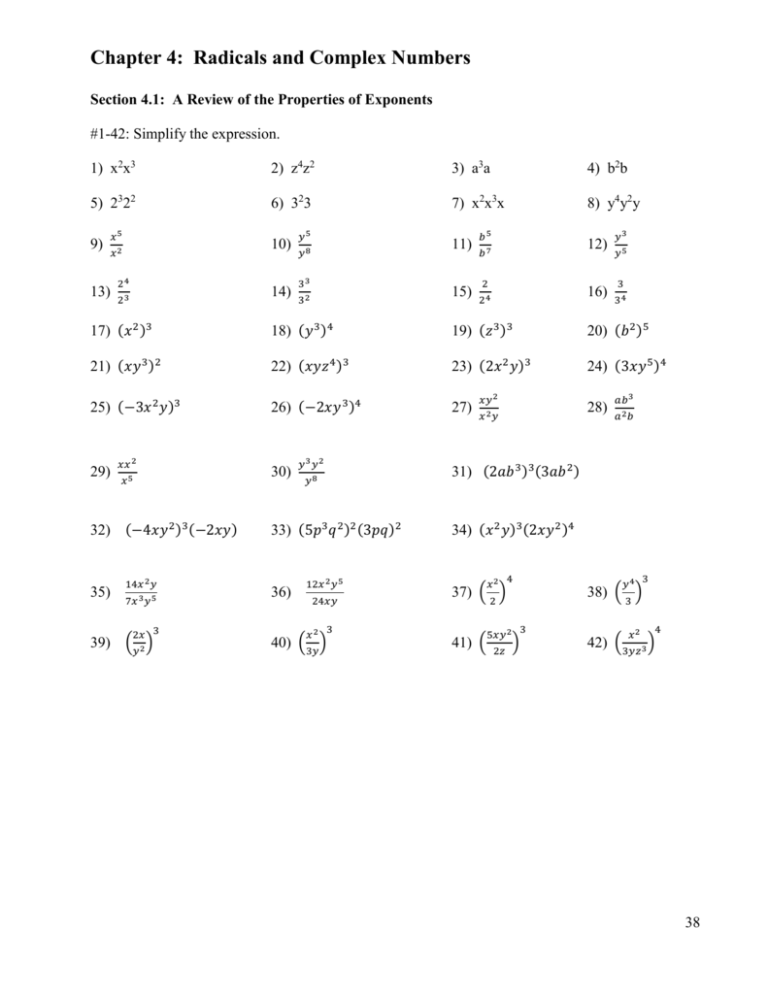



Chapter 4 Problems
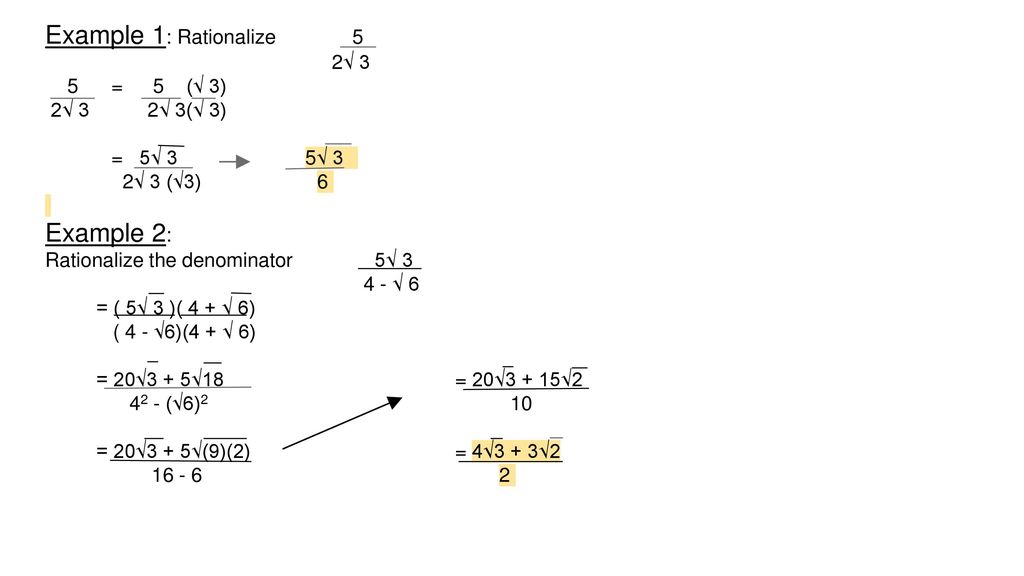



Chapter 5 Radical Expressions And Equations Ppt Download




How To Rationalize Math Frac 1 Sqrt 2 Sqrt 3 Sqrt 5 Math Quora



Rationalise The Denominator Of 1 3 2 And Hence Evaluate By Taking 2 1 414 And 3 1 732 Up To Three Places Of Decimal Studyrankersonline
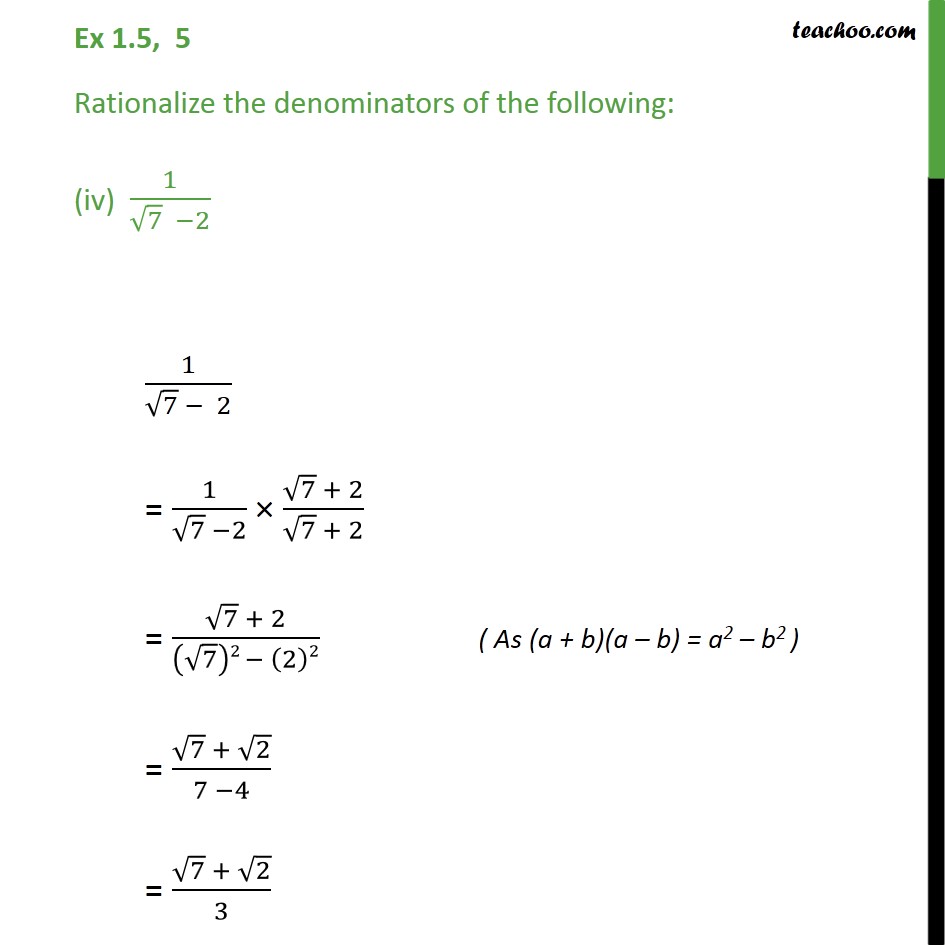



Ex 1 5 5 Rationalize Denominators Of I 1 Root 7 Ii 1 Root6




Rationalize The Denominator Of 1 3 2 Under Root 2 Under Root 5 Mathematics Topperlearning Com 8pvu0x66



Q Tbn And9gcseefu7jlalmdeimebjhgrwx8eyh2ybgjpggldtrgndaf Grqw1 Usqp Cau




How To Rationalize The Denominator 14 Steps With Pictures



Rationalize A 3 Term Denominator




Rationalise The Denominator Of Each The Of The Following




Rationalize The Denominator 3 1 A 1 2 6 3 1 2 Chegg Com




Sir Pls Solve The Following Problem Rationalize The Denominator 7 3 5 2 2 6 5 48 18 3 5 2 6 1 2 3 1 3 2 2 3 1 Mathematics Topperlearning Com Lh6vmmyy




Rationalise The Denominator 1 1 2 3 Maths Number Systems Meritnation Com
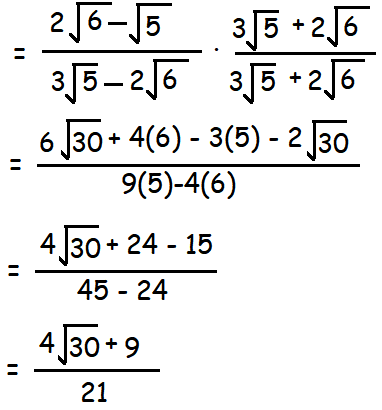



Practice Problems On Rationalizing Denominator
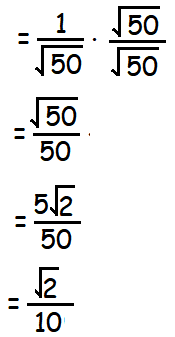



Practice Problems On Rationalizing Denominator




Rationalise 1 2 3 5 Rationalising The Denominator Of Three Terms Youtube



Rationalize The Denominator And Simplify I 3 2 3 2 Ii 5 2 3 7 4 3 Sarthaks Econnect Largest Online Education Community




Rationalise The Denominator Of 1 Upon 7 3 Root 2




Rationalise 1 7 6 13 Rationalising The Denominator Of Surds Having Three Terms Class 9 Youtube




How To Rationalize Math Frac 1 Sqrt 2 Sqrt 3 Sqrt 5 Math Quora




After Rationalizing The Denominator Of 3 1 3 1 And Simplifying We Get A B 3 Then Determine The Value Of Ab




Rationalise The Denominator Of 1 7 3sqrt 2



How To Rationalize Math Frac 1 Sqrt 7 Sqrt 3 Sqrt 2 Math Quora
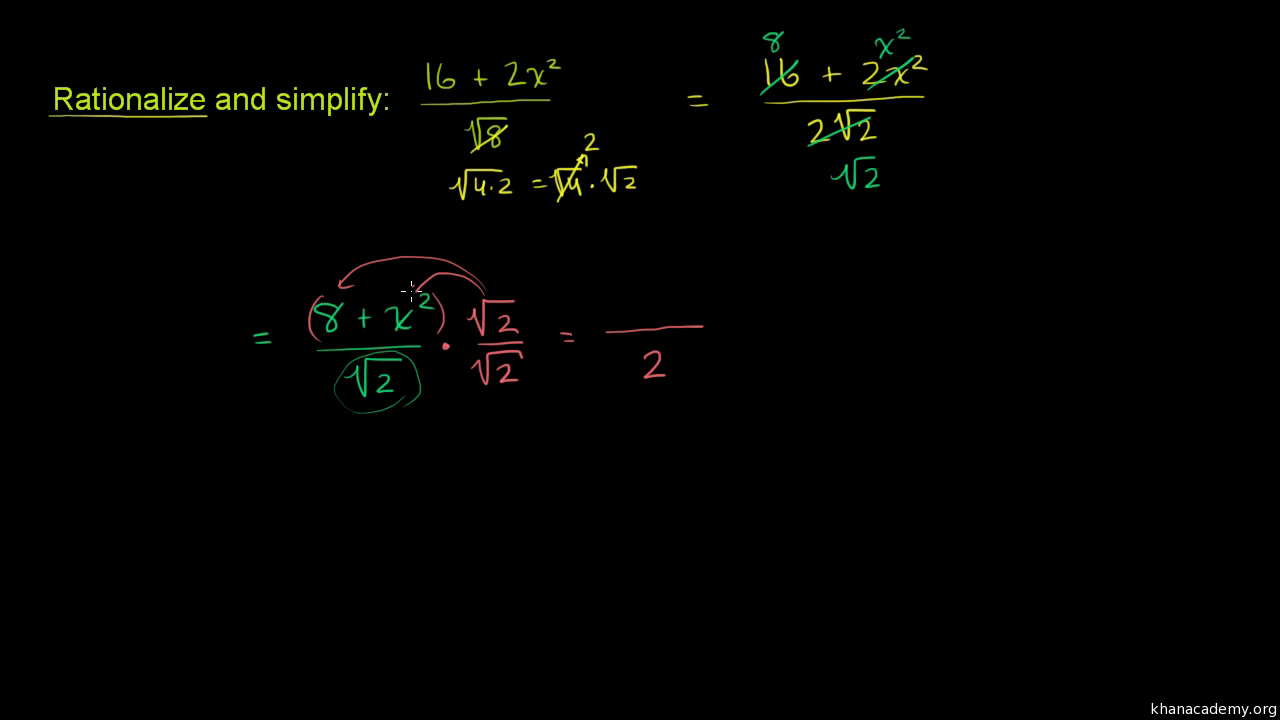



Worked Example Rationalizing The Denominator Algebra Video Khan Academy




Rationalise The Denominator Example 1 1 Sqrt 2 Youtube




How To Rationalize Math Frac 1 Sqrt 7 Sqrt 3 Sqrt 2 Math Quora




Ex 1 5 5 Rationalize Denominators Of I 1 Root 7 Ii 1 Root6




Multiplying And Dividing Radical Expressions




Rationalise The Denominator Of 1 3 5 7 Brainly In




Simplify By Rationalising The Denominator 1 3 8 1 8 7 1 7 6 1 6 5 1 5 2 Brainly In




Limits By Rationalizing Video Khan Academy




Multiplying And Dividing Radical Expressions




Rationalize The Denominator 12 5 3 And Hence Find The Value Of A B In 12 5 3 A 5 B 3




Simplify Each Of The Following By Rationalising The Denominator




Example Rationalise The Denominator Of 1 7 3 Root 2




Rationalise The Denominator 1 3 2 1 And Hence Find Its Value Correct To 2 Decimal Places Given 2 1 414 6 2 449




Rd Sharma Class 9 Solutions Maths Chapter 3 Rationalisation




Practice Problems On Rationalizing Denominator




Rationalise The Denominator 1 7 4 3 Brainly In
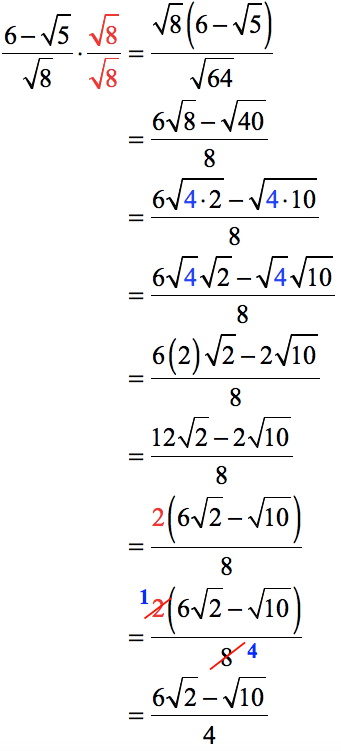



Rationalizing The Denominator Chilimath



Express Each One Of The Following With Rational Denominator I 1 3 2 Ii 1 6 5 Iii 16 41 5 Sarthaks Econnect Largest Online Education Community




How To Solve Surds 2 Four Essential Surd Techniques Suresolv



Www Jstor Org Stable 10 4169 Math Mag 2 121




If X 1 2 3 Find The Value Of X 3 2x 2 7x 5 Video T
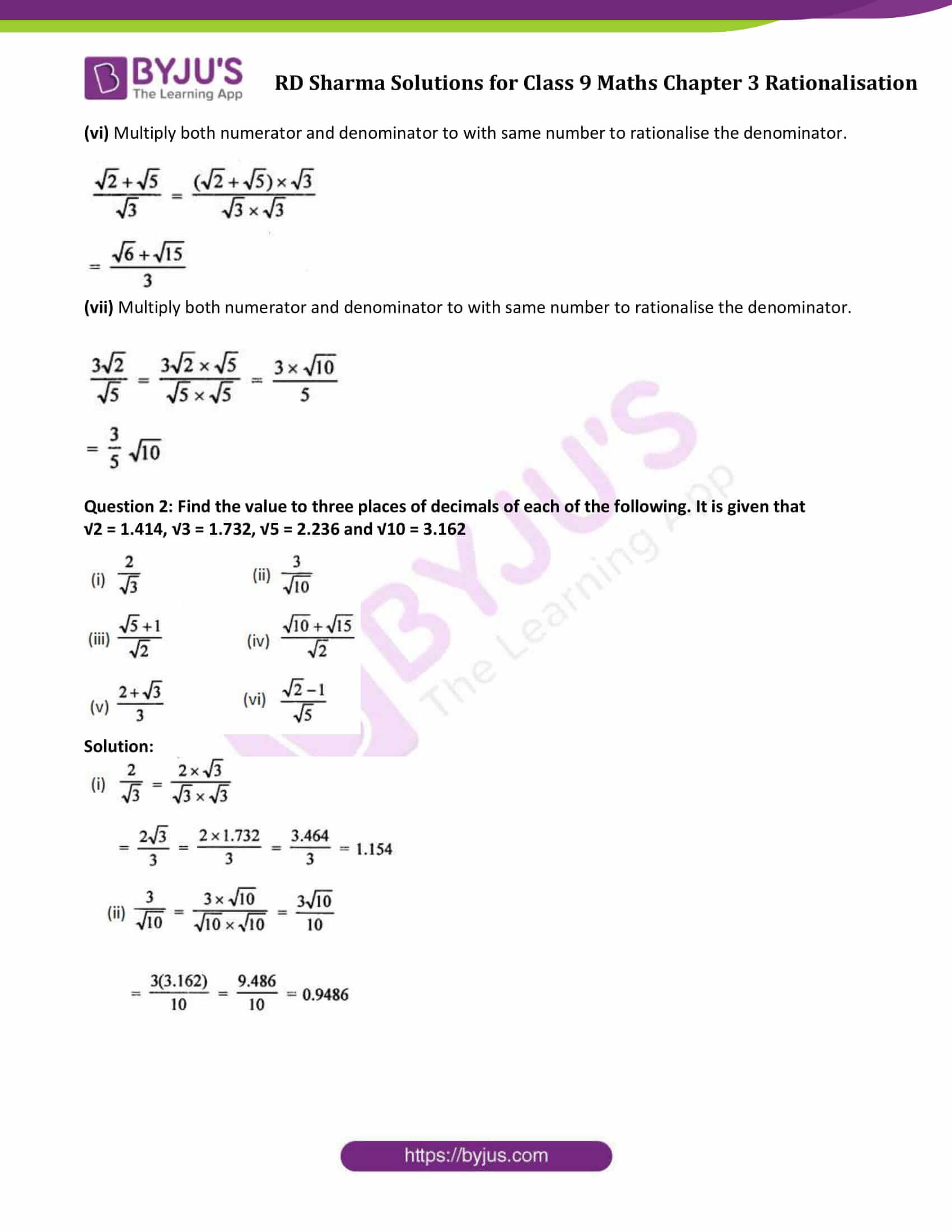



Rd Sharma Class 9 Solutions Maths Chapter 3 Rationalisation




Example Rationalise The Denominator Of 1 7 3 Root 2



Rationalize The Denominator And Simplify I 3 2 3 2 Ii 5 2 3 7 4 3 Sarthaks Econnect Largest Online Education Community




After Rationalizing The Denominator Of 2 3 5 2 2 3 3 And Simplifying We Get A 3 15 B 10 4 6 19 Then The Value Of A B Is



1



Rationalize The Denominator I 1 5 Ii 2 3 7 Iii 1 3 2 Iv 1 3 5 2 2 V 12 4 3 2 Sarthaks Econnect Largest Online Education Community




Intro To Rationalizing The Denominator Algebra Video Khan Academy
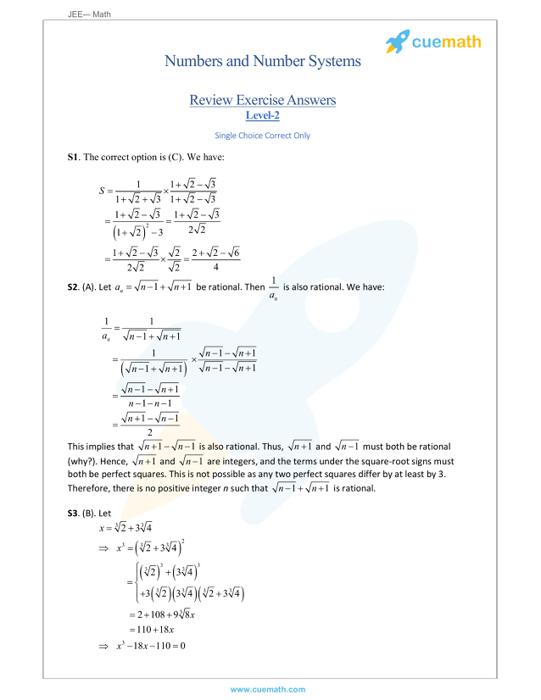



Rationalize The Denominator Meaning Methods Examples




Rationalizing The Denominator Example 1 Youtube




Rationalise The Denominator Of 1 7 4sqrt 3




Rationalise The Denominator Of The Expression Mathematics Topperlearning Com Hvx3khh




Multiplying And Dividing Radical Expressions




Write The Rationalizing Factor Of The Denominator In 1 2 3




How To Rationalize The Denominator 14 Steps With Pictures




Rationalise The Denominator Of 2 Sqrt 3 Sqrt 5 Youtube




Express 3 Sqrt 3 Sqrt 2 Sqrt 5 With Rational Denominator Youtube




Rationalize The Denominator Expii




Rationalise The Denominators 1 3 Root 2 2 1 Root 6 Root 5 3 16 Root 41 5 Youtube




Rationalise The Denominator Of 1 7 3sqrt 2 Youtube




1 1 Radic 2 1 Radic 2 Radic 3 1 Radic 3 Radic 4 1 Radic 4 Radic 5 1 Radic 5 Radic 6 1 Radic 6 Radic 7 1 Radic 7 Radic 8 1 Radic 8 Radic 9 2 Mathematics Topperlearning Com Lbve3ydd
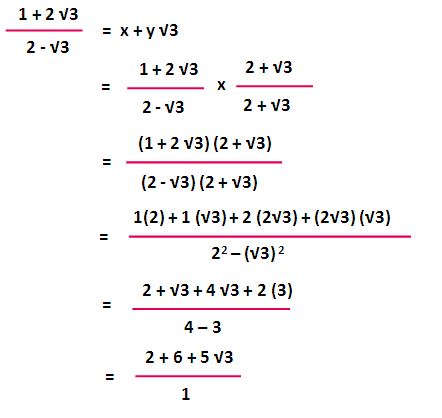



Rationalizing The Denominator With Variables



Rationalise The Denominator In Each Of The Following And Hence Evaluate By Taking 2 1 414 3 1 732 And 5 2 236 Up To Three Places Of Decimal Studyrankersonline



Rationalise The Denominator In Each Of The Following And Hence Evaluate By Taking 2 1 414 3 1 732 And 5 2 236 Up To Three Places Of Decimal Studyrankersonline




Rationalise The Denominator And Simplify 1 2 3 2 2 Brainly In
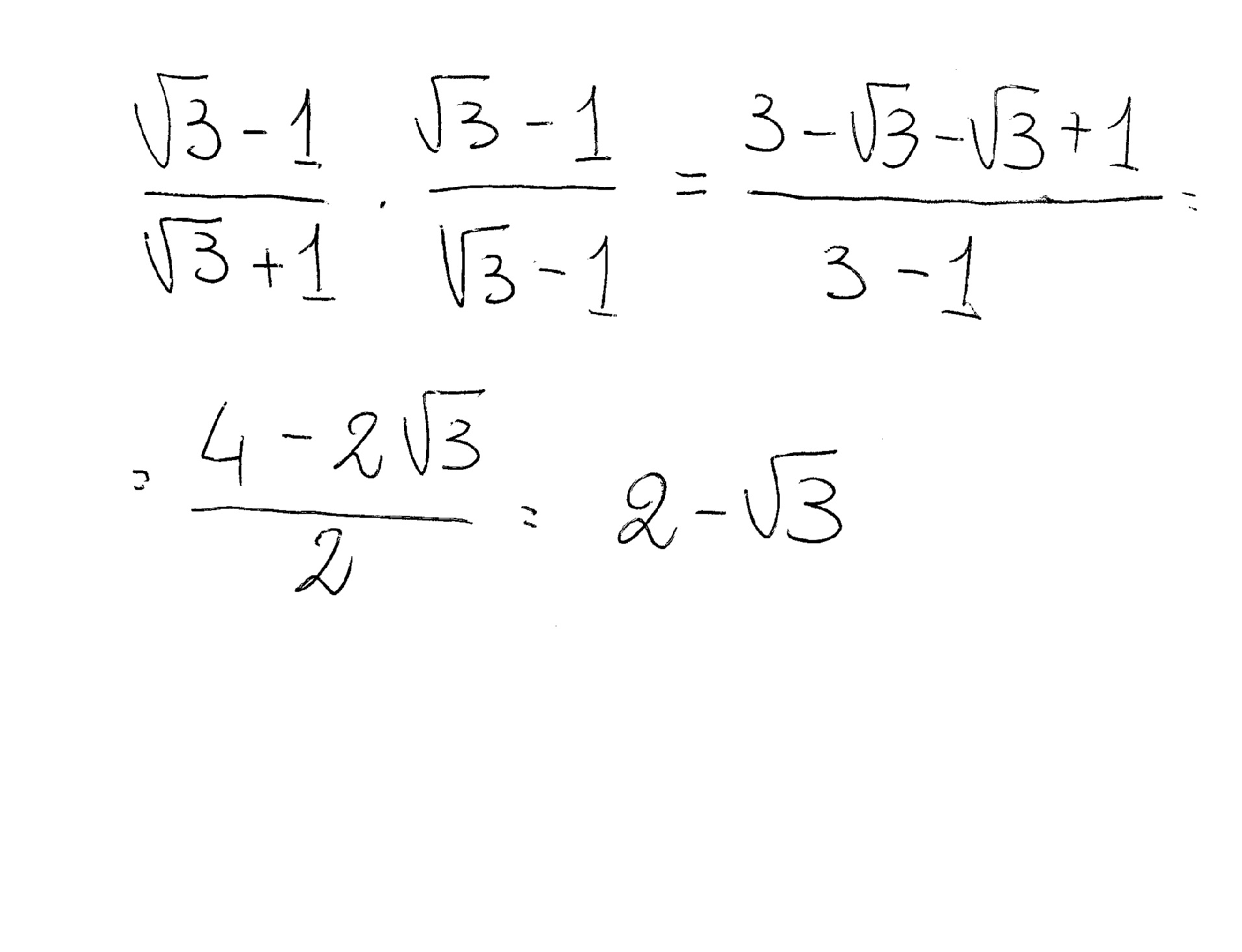



How Do You Divide Sqrt3 1 Sqrt3 1 Socratic




Myhelper Rd Sharma Solution Class 9 Chapter 3 Rationalisation Exercise 3 2



Q Tbn And9gcrkrcl5 S0vwah Xg0vbuyvvdnmfivfhwfusdwdqdujjb96gcsj Usqp Cau




Rationalise The Denominator Of 1 2 Sqrt 3 Youtube



0 件のコメント:
コメントを投稿